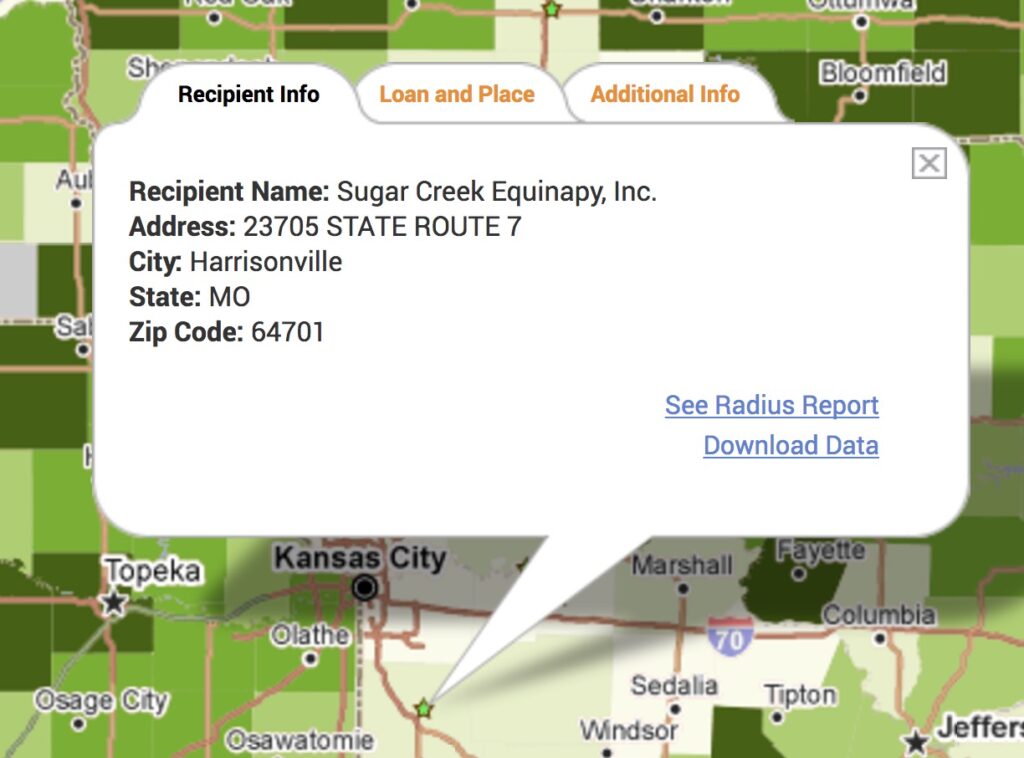Medically Underserved Areas, Updated on PolicyMap

Data
Medically Underserved Areas
Source
HRSA Medically Underserved Areas
Find on PolicyMap
- Health
- Access to Medical Care
- Medically Underserved Areas
[This blog post was revised in March 2022 to reflect more recent data.]
Medically Underserved Areas (MUAs) are a federal guideline that designates places lacking adequate medical services. It’s released by the Health Resources and Services Administration (HRSA). The data is useful for targeting areas for increased medical services, particularly for projects applying for New Markets Tax Credits (NMTC). And it’s now freshly updated on PolicyMap, with more information now provided.
The MUA designation is based on a calculation HRSA calls the Index of Medical Underservice (IMU). According to HRSA, four variables are used to calculate the IMU:
- Provider per 1,000 population ratio [28.7 points max]
- Percent of population at 100% of the Federal Poverty Level (FPL) [25.1 points max]
- Percent of population age 65 and over [20.2 points max]
- Percent of population age 65 and over [20.2 points max]
Areas with an IMU score of 62 or less are designated as MUAs. Some areas with higher scores, however, are still underserving certain specific populations (such as those with low-income, or non-English speakers). These areas are designated Medically Underserved Populations (MUPs), and are on the same map on PolicyMap.
Additionally, sometimes HRSA’s calculation will fail to address a lack of medical services in a particular area, and in those cases, the state’s governor (or other chief executive officer of the state) can designate the areas as exceptional MUPs. These are labeled as “Governor Designated” on PolicyMap.
The IMU score is now also available to view on PolicyMap. Note that it’s only provided in areas that are MUAs or MUPs.
Note that this data on PolicyMap does not include Minor Civil Divisions that have been designated. So it is possible that some areas are medically underserved, but not labeled on this map.
Also, in certain cases, the data provided by HRSA contains multiple different designations for a single location (so it’s designated as both an MUA and an MUP, or an MUP and Governor Designated). In these instances, we’ve shown the designation of highest need, which are MUAs, followed by MUPs. When multiple IMU scores are given, is the lowest one (showing the highest need) is shown. HRSA is working to resolve these duplicate designations, and PolicyMap will be updated to reflect any changes they make.
This data will be updated quarterly to reflect that latest data available from HRSA. It is accessible to all users in the “Health” menu, under “Access to Medical Care”.